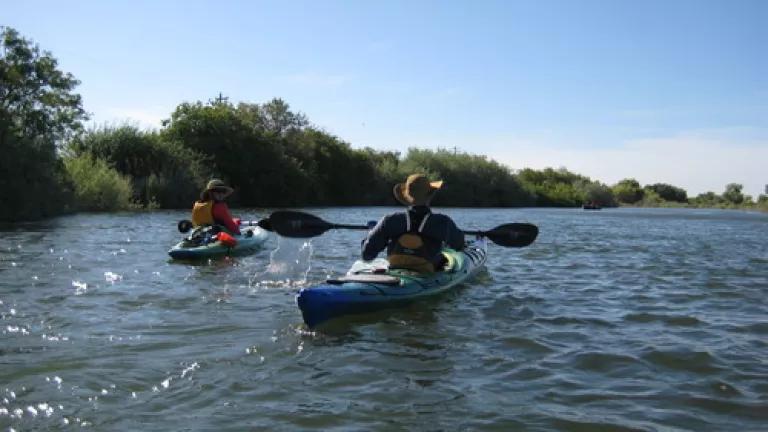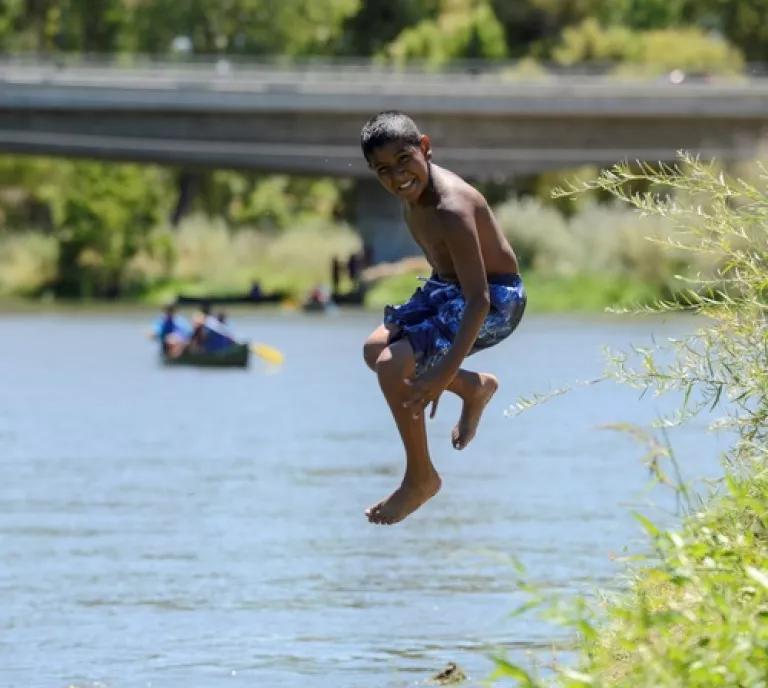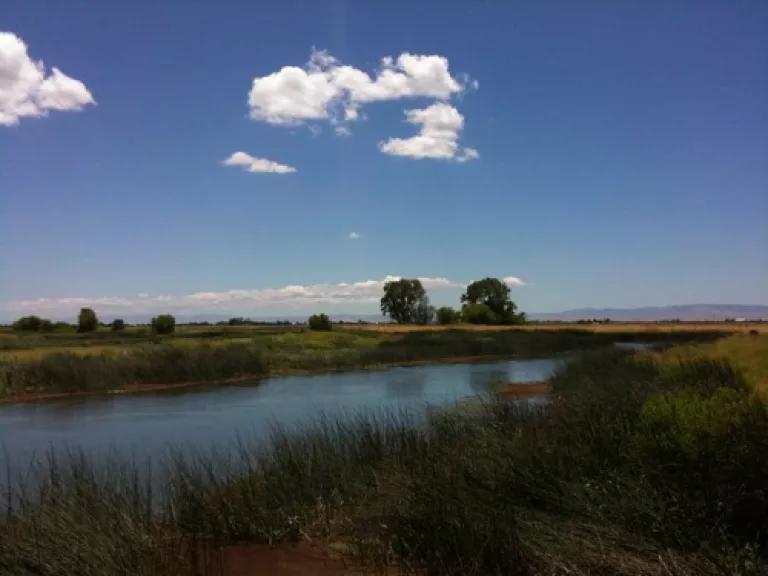
John Sutter, a CNN journalist, has just completed an incredible journey from source to sea on the San Joaquin River, the impetus for which was the designation in 2014 of the San Joaquin as one of the most endangered rivers in the United States. Over the course of his 3-week journey kayaking down nearly 400 miles of the San Joaquin River, John chronicled his experiences meeting many people - community members, commercial fishermen, and farmers alike - and learned about the challenges facing California’s second largest river. From pristine headwaters in the Sierra Nevada, past the dewatered sections below Fresno, through the maze of the Delta and out to the Golden Gate where the river meets the sea. To capture the essence of his journey based on his writings and twitter posts in a few words: the San Joaquin is a river of both local and national importance.

Photo Credit: Dave Hunter
The unique window into John’s journey and the people met along the way revealed a compelling, complex and colorful picture of what has been called the hardest working river in America. In the upper reaches where the river still flows, he witnessed a baptism and wedding. He met ordinary people along the river like a father fishing with his son; and a mentor giving kids an alternative to being in gangs; a man simply trying to escape the heat and stress of the city; and a mom out with her family for a weekend swim. For many San Joaquin Valley residents, the River is a precious local resource that is free to enjoy.
In the midst of one of the driest years in recent California history, the San Joaquin River is also a story about water and how we manage our precious limited resource in an increasingly arid landscape. Traveling through the lower river, John’s posts about polluted and undrinkable water highlight the water quality issues for a river that contributes to water supplies for two-thirds of all Californians. He met farmers who are struggling with impacts of the drought and others trying to stop a massive water diversion projects from ruining their farms. The dichotomy poignantly illustrates the need for a balanced approach to water management because diverting too much water is also not good for farmers, let alone for wildlife or people who want a healthy river.
John Sutter also met some who continue to think that the San Joaquin River is better left dry and dead. Politicians representing this narrow and unevolved thinking offer federal legislation each year to stop efforts to restore the river (and undermine numerous environmental laws protecting people and wildlife). But he also met people who see the river’s beauty and know the river is alive and even call it home. So there is broad and vocal support for the River and the environment that opposes efforts to keep the river dry. And at the highest level of the federal government, President Obama continues to support restoration of the river given its importance to the people of California and the nation.
John Sutter’s journey down the San Joaquin River shows us how the river is an essential thread woven into the fabric of the history, economy and lives of people throughout the Central Valley and the state.
The river is alive but in need of further healing. We can restore a living river while also improving how we manage water even in a drought so that there will be safe and sufficient water for people and wildlife.

